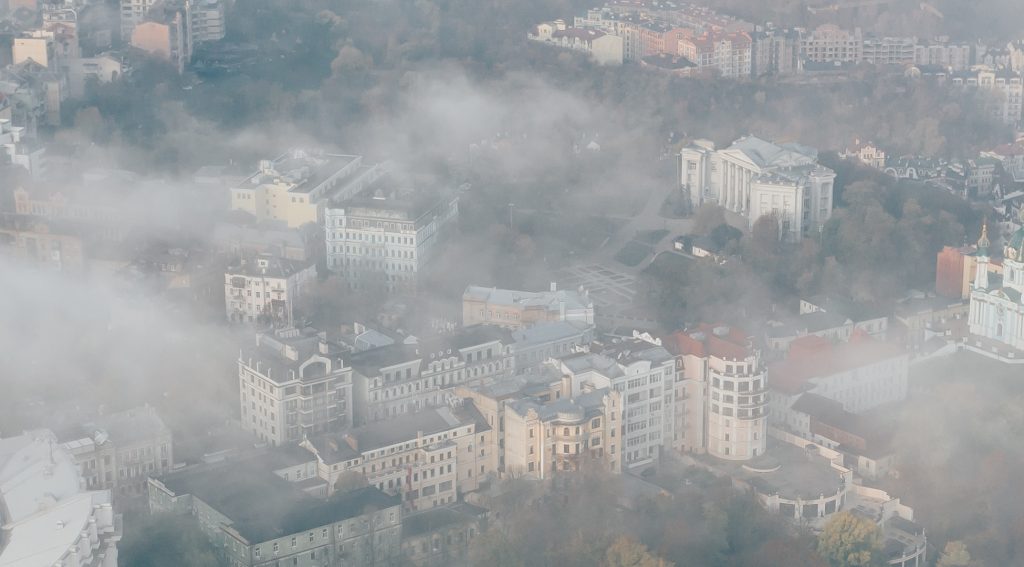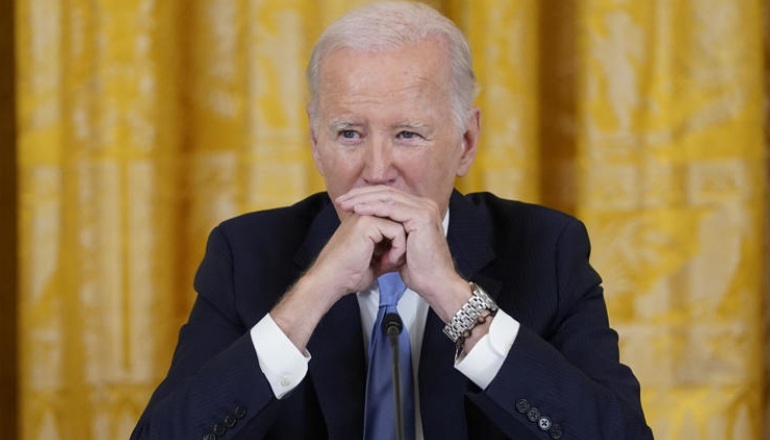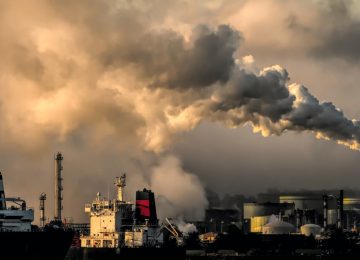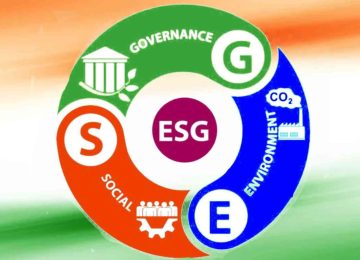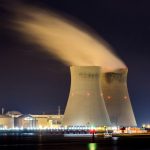Air pollution typically flies under the radar until it disrupts our daily lives. Its significant health risks are often ignored or blamed on other factors. This mindset needs to change, especially in India, where air pollution is a major environmental crisis.
India: the epicenter of air pollution
India faces a severe air pollution crisis, ranking among the most polluted nations globally. According to recent reports, the country is ranked 13 out of the top 20 most polluted cities globally, with more within the top 100, according to recent reports.
For instance, the IQAir 2024 World Air Quality Report reveals India has 74 out of 100 most polluted cities globally, with Delhi being the most polluted capital city. While the average PM2.5 concentrations in the nation slightly decreased in 2024 compared to 2023, many cities still exceed the World Health Organization’s safe guidelines.
As of July 2025, real-time Air Quality Index (AQI) readings underscore this persistent challenge, with many Indian cities experiencing “poor” to “unhealthy” air quality.
| City | AQI (July 2025) |
| Baddi | 155 |
| Dwarka | 131 |
| Pappankuppam | 130 |
| Chandigarh | 121 |
| Ahmedabad | 85 |
| Hyderabad | 81 |
Metro city averages:
Ahmedabad (85),
Bangalore (59),
Chennai (66),
Hyderabad (81),
Kolkata (59),
Mumbai (65),
New Delhi (55),
Pune (70).
As can be seen, Delhi has experienced a rare respite from severe pollution levels, with an average AQI below 100 in July 2025, thanks to monsoon rains.
While this is temporary relief due to the monsoon, the overall picture for India highlights a persistent environmental challenge.
The air quality data reveals the presence of several key pollutants. The concentrations recorded are: PM2.5 at 23 µg/m³, PM10 at 61 µg/m³, Carbon Monoxide (CO) at 507 ppb, Sulfur Dioxide (SO₂) at 4 ppb, Nitrogen Dioxide (NO₂) at 8 ppb, and Ozone (O₃) at 11 ppb.
Health and Economic Impact of air pollution:
Air pollution is a major public health threat and economic drain globally, causing 5.7 million premature deaths annually, with 89%-95% occurring in low- and middle-income countries. India, the country at the forefront, bears a heavy burden.
Reduced Life Expectancy: Fine particulate air pollution (PM2.5) alone shortens the average Indian’s life expectancy by 5.3 years relative to what it would be if the WHO guideline of 5 µg/m³ was met. In more severely polluted regions, 521.2 million residents (nearly 40% of India’s population) are on track to lose an average of 8 years of life expectancy. Particulate pollution is the single greatest threat to human health in India, exceeding cardiovascular diseases (4.5 years) and child and maternal malnutrition (1.8 years).
Polluted air increases risk of respiratory infections, asthma, and COPD, worsens non-communicable diseases like anemia, hypertension, diabetes, and high cholesterol, and negatively impacts mental health.
For example, Chandrapur in Maharashtra experienced severe respiratory and heart ailments, with 12,867 cases reported between April 2023 and March 2025, likely due to air pollution.
Economic Cost: Air pollution is causing significant economic losses globally, with a UNEP report estimating it costs the global economy $8.1 trillion annually, or 6.1% of the world’s GDP. In India, air pollution costs businesses $95 billion annually, or 3% of the GDP, due to reduced productivity, work absences, and premature deaths. Preventing premature deaths could save the Indian economy $44 billion annually.
Cleaner air can boost employee performance, add $24 billion annually to business revenues, and potentially boost Delhi’s GDP by 6%, disproportionately affecting lower-income states.
Government action and ESG commitments:
India is making strides in its battle against air pollution through concerted government efforts and increasing corporate responsibility, particularly through ESG frameworks.
The National Clean Air Programme (NCAP), launched in 2019, aims to reduce PM10 concentrations in India by 20-30% by 2024-25. As of 2024, 51 cities have achieved over 20% reductions, with 21 cities exceeding 40%. The program includes stricter emission standards, crop burning restrictions, cleaner fuel promotion, and renewable energy push.
ESG and corporate responsibility: a growing imperative
Air quality is fast becoming a crucial ESG metric for Indian businesses. Investors are increasingly scrutinizing companies’ environmental performance, recognizing that it directly impacts long-term value and risk.
Companies are now expected to:
- Monitor and disclose their emissions data transparently.
- Adopt cleaner technologies and processes in their operations.
- Actively support government and community air quality initiatives.
While there’s enthusiasm for technological fixes like smog towers, it’s widely recognized that genuine progress requires addressing the root causes of pollution, such as industrial emissions, vehicular pollution, and biomass burning, rather than relying solely on end-of-pipe solutions.
Global air pollution: The India context
Despite these efforts, India’s air quality challenge remains significant on a global scale. In 2024, only 7 countries worldwide met the WHO annual PM2.5 guideline. India was not among them.
The WHO’s 2025 Air Quality Standards Database shows 17% stricter countries, but the World Bank estimates halving exposure to hazardous air by 2040 could yield economic benefits of up to $2.4 trillion.
Challenges:
Tackling air pollution in India presents several complex challenges:
Diverse pollution sources: These range from heavy industries and ever-increasing vehicular traffic to agricultural crop burning and widespread construction activities.
Weak enforcement: Regulations sometimes suffer from inadequate enforcement, and air quality programs can be underfunded.
Behavioral barriers: Low public awareness in some areas and resistance to adopting greener technologies can hinder progress.
Seasonal spikes: Specific periods, particularly due to stubble burning in agricultural regions and unfavorable weather patterns, lead to severe seasonal pollution spikes.
Solutions and ESG opportunities:
Overcoming these obstacles requires a multi-pronged approach. Effective policies require seamless collaboration across different government bodies and states. Shifting away from fossil fuels and promoting efficient public transportation systems are crucial. Robust monitoring networks and open data can drive accountability and informed policy decisions. Collaboration between the government, businesses, and communities is essential for developing and implementing sustainable solutions.
Air pollution is undoubtedly a defining ESG challenge for both India and the global community. While India has demonstrated progress through its policy initiatives, technological advancements, and strategic investments, the sheer scale of the problem demands sustained, collaborative, and intensified action.
For businesses, investors, and policymakers alike, prioritizing air quality isn’t just an environmental obligation; it’s fundamental to achieving sustainable growth, safeguarding public health, and ensuring long-term value creation.


